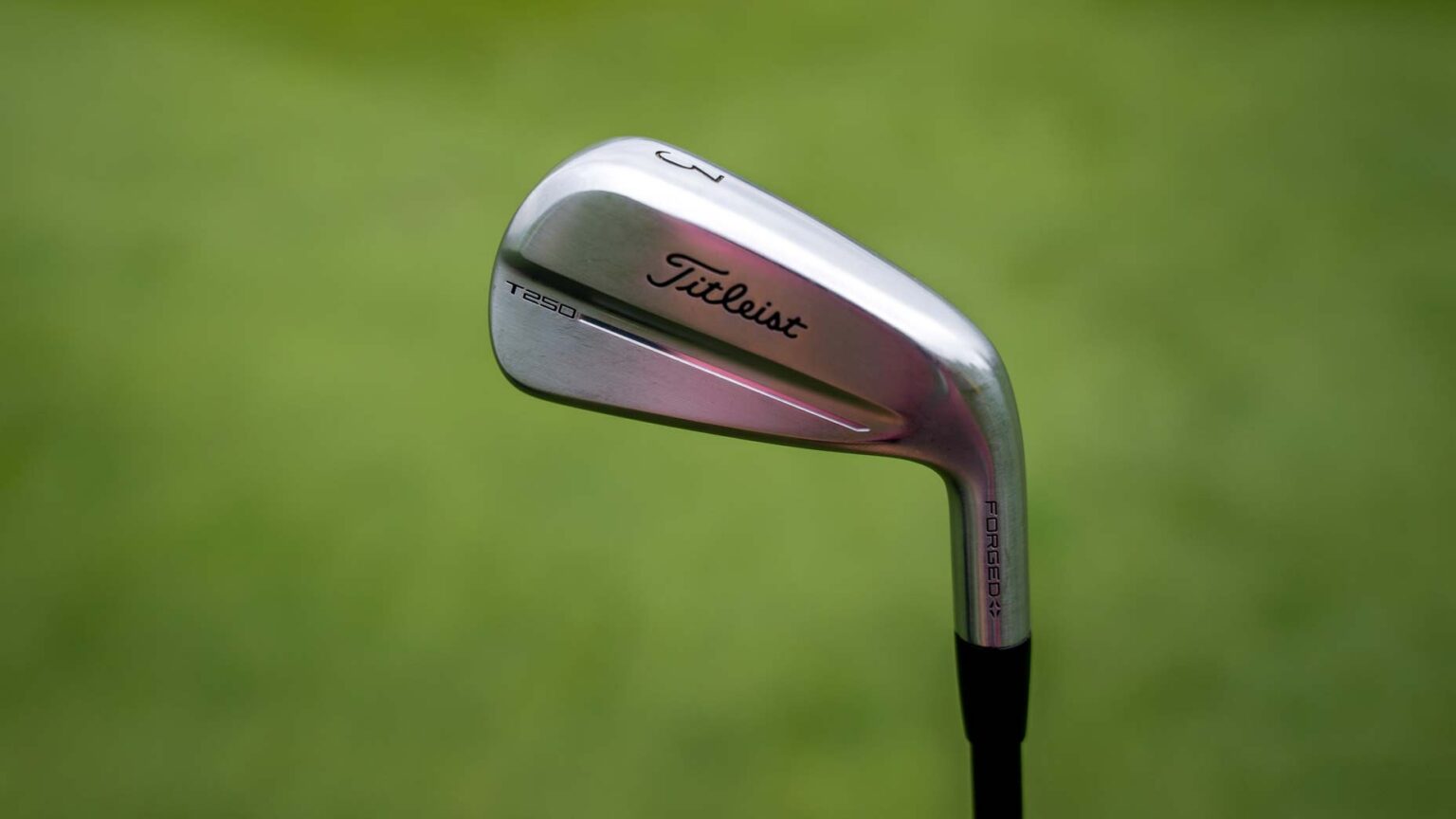The Genesis Scottish Open: Gear Changes for Links Golf
As the PGA Tour makes its way to North Berwick, Scotland, for the highly anticipated Genesis Scottish Open, golfers across the globe are buzzing with excitement. The Scottish Open marks the beginning of a two-week links golf swing, leading into the prestigious Open Championship at Royal Portrush in Northern Ireland. A common question arises as these top-tier professionals prepare: What clubs will they be packing in their bags for this unique golfing experience? Understanding the specific gear changes can offer valuable insights into the art of links golf.
The Importance of Utility Irons
In the latest episode of GOLF’s "Fully Equipped," Johnny Wunder shed light on the essential gear changes expected during this critical stretch of professional golf. One significant trend observed among players is the increasing reliance on utility irons or long iron options. “The only real change you’ll see in any bags is that players who don’t have a utility iron will be adding one,” remarked Wunder. This shift suggests that pros are focusing on versatility and adaptability as they navigate the classic links terrain.
Tuning Up for Links Conditions
Golf courses in Scotland present unique challenges, primarily influenced by natural elements. Players are fine-tuning their gear in anticipation of varying wind conditions and unpredictable turf interactions. In addition to adding utility irons, golfers often adjust the loft and weight of their clubs to optimize performance on these links courses. “You’re not going to see a lot of wedges being swapped in and out,” explained Wunder. Instead, players generally travel with both high-bounce and low-bounce lob wedges, simplifying decisions when they arrive in the UK.
The Evolution of Wedge Choices
The landscape of wedge selections has evolved significantly, with tour reps and fitters becoming increasingly adept at meeting players’ needs. Years ago, players would regularly change out wedges in their bags, but the trend has shifted towards greater consistency. Instead of trial-and-error with new clubs, many players arrive with multiple options but typically settle on one or two based on testing the conditions of the course. This refined approach contributes to greater confidence as players prepare to tackle the Scottish terrain.
What’s in the Pros’ Bags?
For professional golfers like Xander Schauffele and Jon Rahm, the approach to club selection is equally strategic. Schauffele typically chooses among a 4-wood, Apex UW, and Mizuno Pro Fli-Hi driving iron, adjusting his selection based on the conditions of the day. Similarly, Rahm has his trusted Apex UW and Callaway Apex UT iron from which he can draw to effectively navigate the course. This decision-making process reflects the pros’ intimate understanding of how their clubs perform under the unique challenges presented by links golf.
The Decline of High-Lofted Fairway Woods
Fans of professional golf may recall the recent trends toward high-lofted fairway woods, a style prominently featured at both the PGA Championship and the U.S. Open. However, Wunder believes these high-lofted options will become less common as players adapt to the conditions at links courses. “You won’t see a lot of 9-woods or similar clubs,” he noted. This sentiment highlights a practical shift as golfers prioritize deliverability and versatility in their equipment, reducing reliance on specialty clubs.
Essential Equipment: Titleist U505
Among the notable utility irons available is the Titleist U505 Custom Driving Iron, which boasts incredible versatility and a high-launch capability. Designed to enhance long iron performance, this model integrates advanced engineering elements like Max Impact Technology for refinements in feel and sound. With its focused aesthetics, the U505 allows players to align mentally and emotionally with their shots, which is crucial on the vast Scottish links.
Mizuno’s Edge with Fli-Hi Utility
Another valuable entry in the world of utility irons is the Mizuno Pro Fli-Hi 2024 Custom Utility Iron. Mizuno is renowned for its meticulous craftsmanship, drawing from years of experience and technological advancements in club manufacturing. Designed for optimal launch and playability, this utility iron is poised to meet the demands of links golf. Notable features like Nickel Chromoly construction and Harmonic Impact Technology contribute to a refined feel, making it a preferred choice among professionals tackling challenging courses.
Callaway Apex Custom Utility Iron
Callaway also delivers with its Apex Custom Utility Iron, aimed at giving better players a powerful yet versatile option off the tee. The 455 forged face cup ensures exceptional distance while improving feel, and its unique Dynamic Sole Design promotes enhanced turf interaction. The Apex UT iron embodies an advanced design meant for consistent performance, making it a valuable asset for anyone venturing into links golf.
Final Thoughts: Preparing for Links Golf
As players gear up for the Scottish Open and the subsequent Open Championship, it’s evident that preparation extends beyond merely packing essentials. Fine adjustments to club selections, strategic additions of utility irons, and thoughtful considerations around turf interaction are crucial to mastering the links game. Understanding these nuances offers a clearer lens through which fans can appreciate golf at this elite level.
For golf enthusiasts tracking professional gear, following these developments provides a unique perspective on how pros navigate the challenges posed by courses rich in history and character. With the links swing officially underway, all eyes will be on the professionals to see how they leverage their chosen equipment in pursuit of victory.
